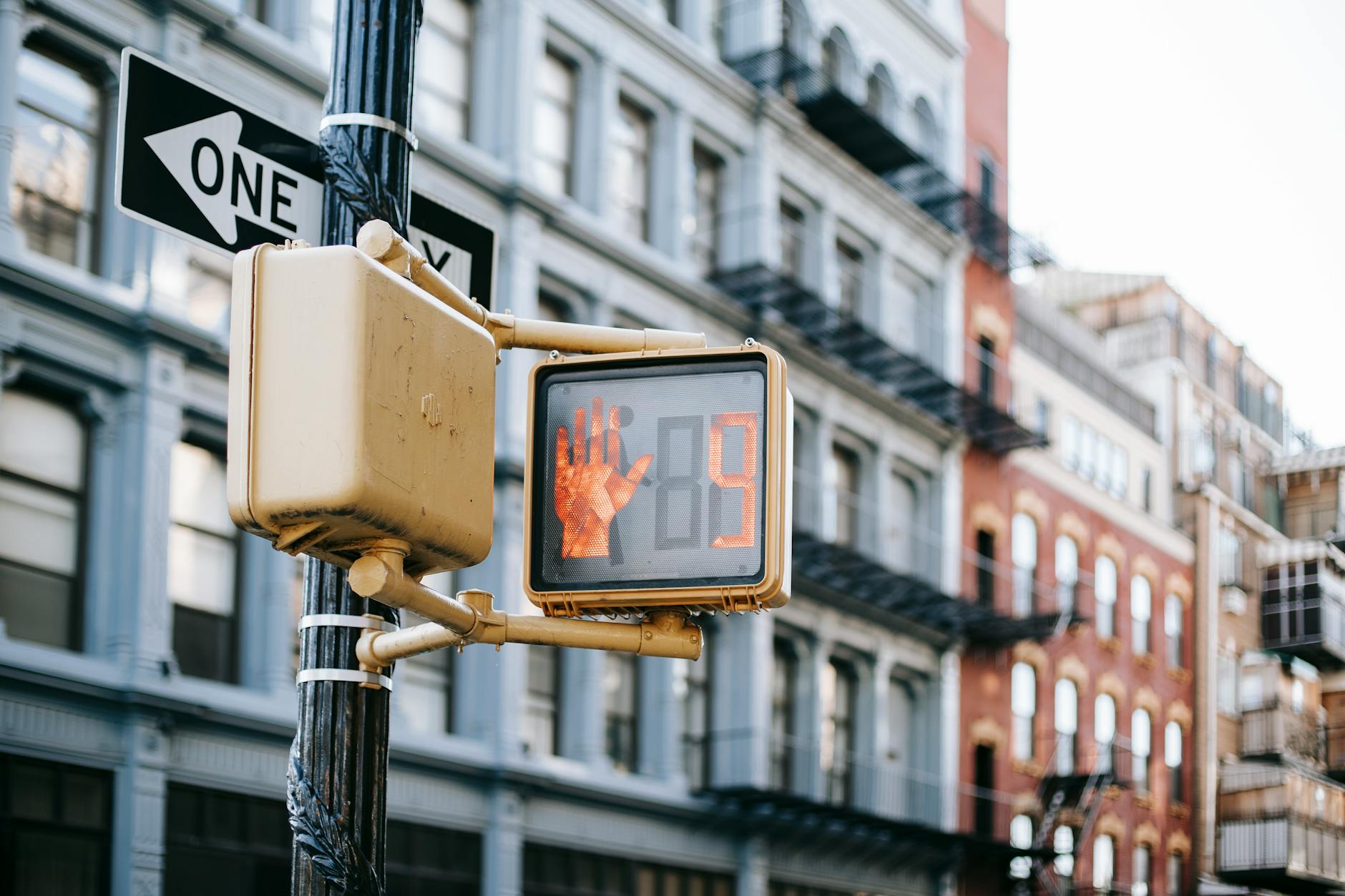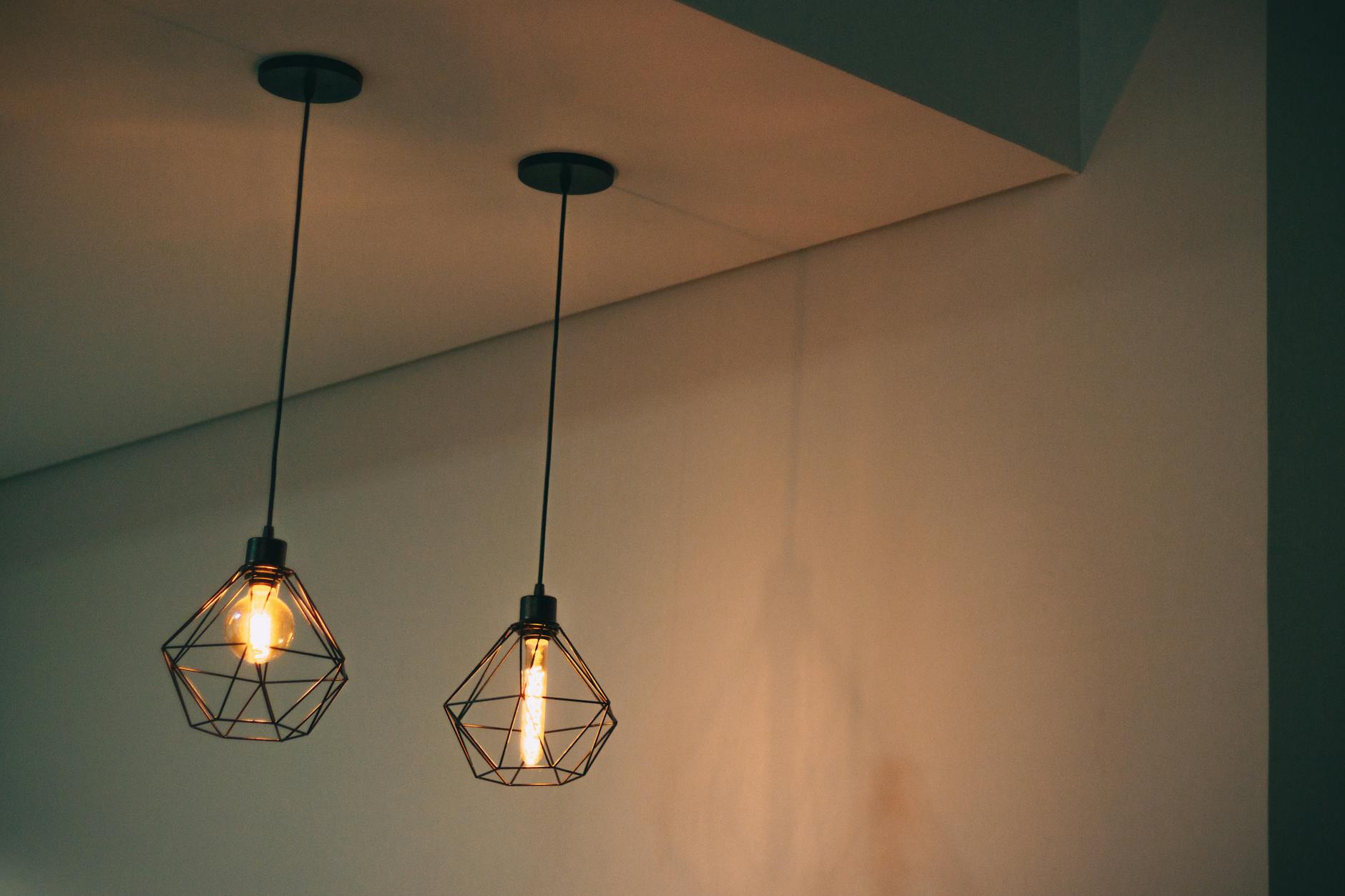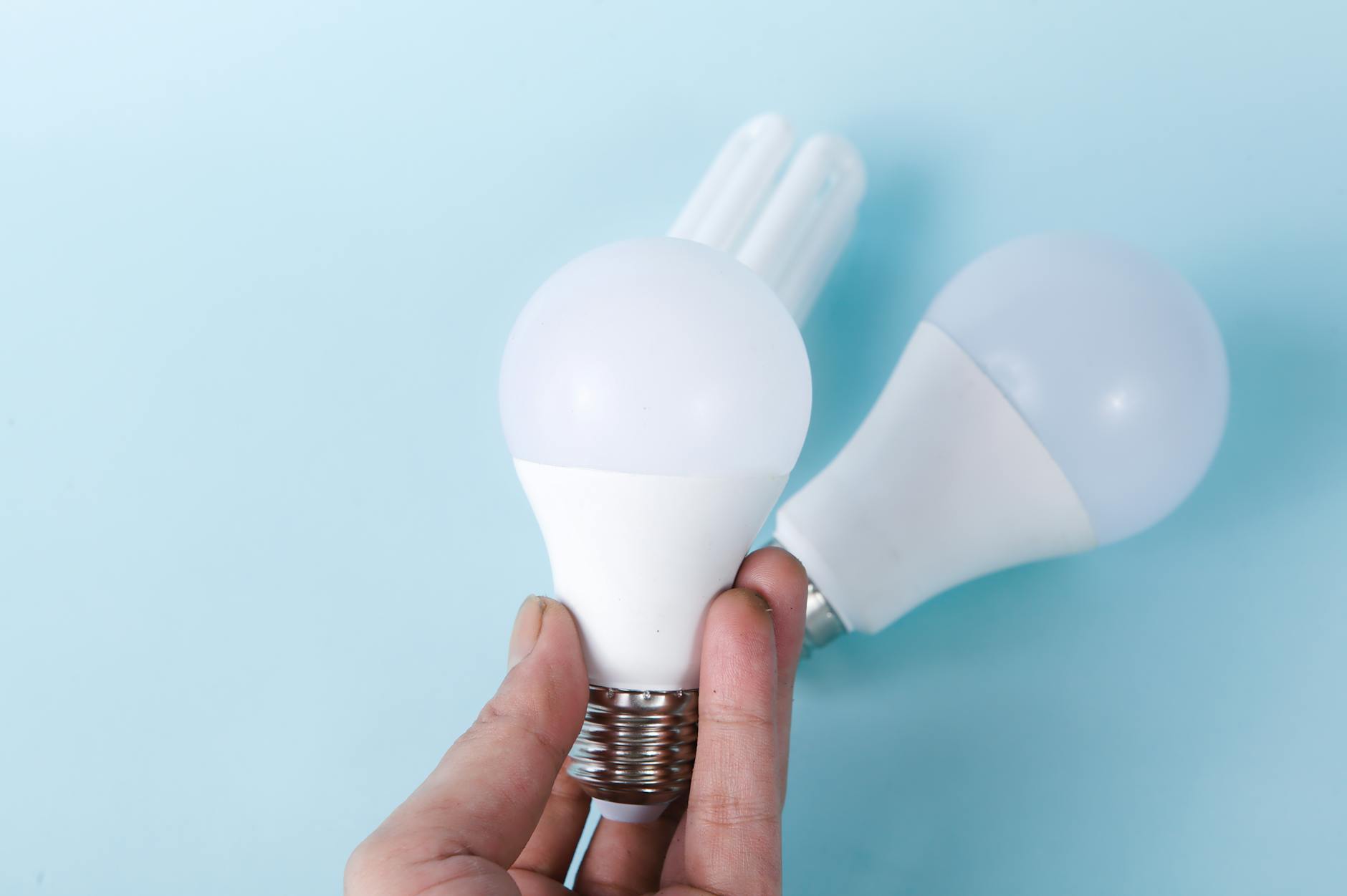In today’s world, being eco-conscious isn’t just a trend, it’s a necessity. Among the numerous steps we can take to contribute to a healthier planet, optimizing the energy efficiency in our homes stands out, especially when it comes to lighting. Outdated lighting not only bleeds your wallet dry but also contributes to environmental degradation. It’s high time we talk about why and how we should stop throwing money away on old light bulbs.
The Hidden Costs of Traditional Light Bulbs
While they may seem cheaper at face value, traditional incandescent bulbs are voracious energy eaters. Compared to their modern counterparts, they require a significantly higher amount of electricity to produce the same level of brightness. 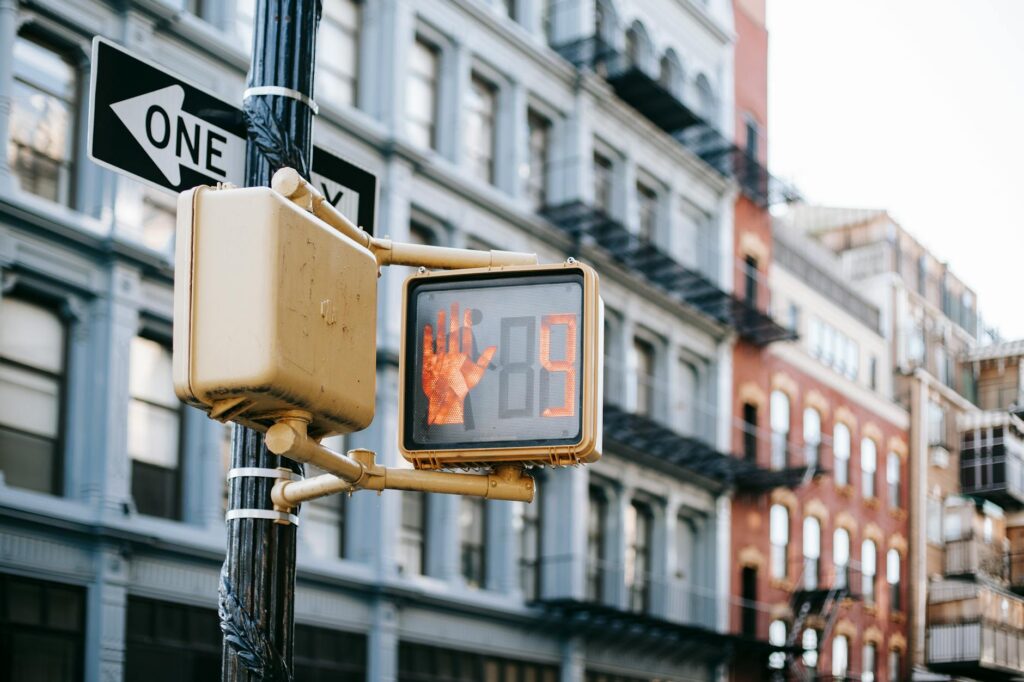
LEDs: The Game Changer
Switching to LED lights might involve upfront costs, but these bulbs save money in the long run due to their low energy consumption and long lifespan. LEDs can last up to 25 times longer than traditional bulbs, drastically reducing the frequency of replacements.
Understanding Energy Efficiency Ratings
When shopping for bulbs, look for the energy star rating. Products that earn the Energy Star are certified to be efficient without sacrificing performance or functionality. This is a quick guide to ensure you’re investing in efficiency.
The Environmental Impact of Switching
By opting for more efficient bulbs, we not only reduce our own energy bills but also contribute to a decrease in global energy demand, thereby reducing the overall carbon footprint. 
Smart Bulbs: Taking Control of Your Lighting
With the advent of smart home technology, smart bulbs offer unparalleled control over your lighting, including the ability to adjust brightness, set schedules, and even change colors, all of which can lead to additional savings.
Getting Rid of the Old
When you make the switch, proper disposal of your old light bulbs is crucial. Many can be recycled, preventing harmful materials from ending up in landfills. Check for local recycling programs that accept old bulbs.
Government Incentives and Rebates
Many governments offer incentives or rebates for households that switch to energy-efficient lighting. This can help offset the initial cost of purchasing LEDs or smart bulbs.
Comparing Costs: LED vs. Incandescent
An in-depth cost analysis will reveal that although LED bulbs have a higher purchase price, their operational cost over time is significantly lower than that of incandescent bulbs, making them the economical choice in the long run.
Personal Benefits: Beyond the Financial
Beyond the financial savings, upgrading your home lighting enhances the aesthetic appeal of your space and can even improve your mood and productivity, thanks to the customizable features of modern lighting solutions.
Joining the Movement
By making the switch to energy-efficient lighting, you join a global movement aimed at reducing energy consumption and its detrimental effects on the planet.
Quality of Light
Modern energy-efficient bulbs offer a superior quality of light, including a wide range of colors and temperatures, ideal for creating the perfect ambiance in any room.
Debunking the Myths
Contrary to popular belief, modern energy-efficient bulbs provide immediate brightness with no delay, dispelling the myth that saving energy means compromising on convenience or functionality.
Impact on Health
Studies have shown that the quality of light affects our health. LED bulbs, for example, emit a type of light that is closer to natural daylight, which is beneficial for our circadian rhythm.
Rebates and Programs for Businesses
Businesses can also benefit from switching to energy-efficient lighting, with many utilities companies offering tailored rebate programs to offset the costs associated with the transition.
Global Trends in Energy Efficiency
Globally, there’s a shift towards sustainable and energy-efficient practices in all sectors, including lighting. This trend not only promotes environmental conservation but also encourages innovation in the lighting industry.
How to Start Making the Switch
Begin by assessing your current lighting setup and identify areas for improvement. Consider starting small, perhaps by replacing bulbs in frequently used areas, and gradually expand to the rest of your home.
The Future is Bright
Embracing energy-efficient lighting is a step towards a sustainable future. As technology advances, the options for efficient lighting will only grow, offering even greater savings and environmental benefits. 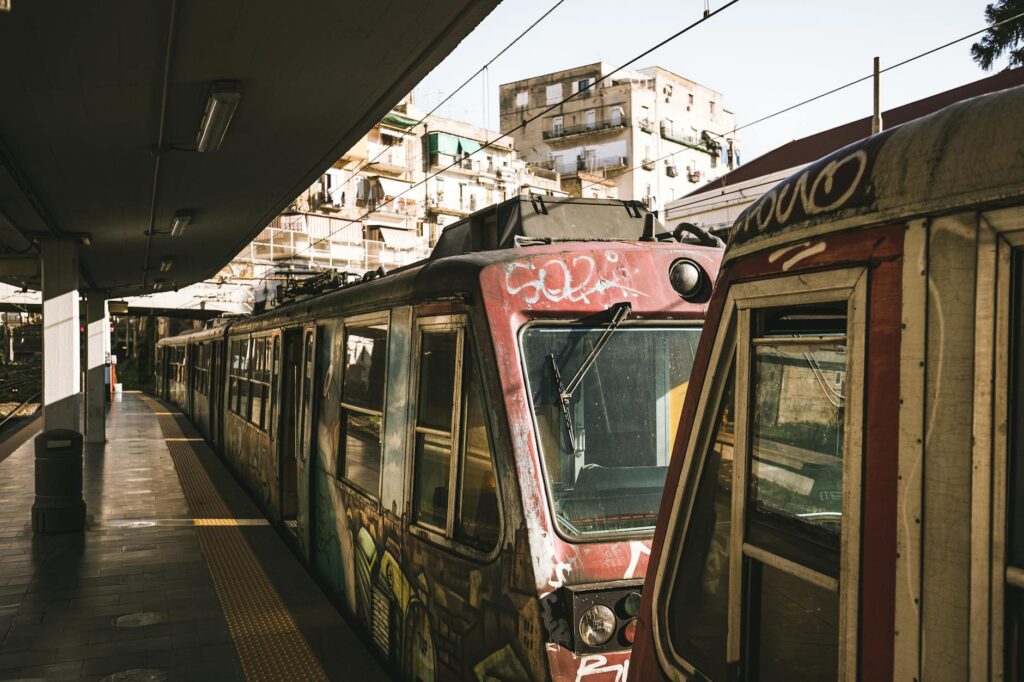
In conclusion, the transition to energy-efficient lighting is not just an environmental imperative but a financially savvy move as well. By understanding the benefits and making informed decisions, we can all contribute to a brighter, greener future.
Frequently Asked Questions
Can I recycle all types of light bulbs? Most types of bulbs can be recycled, but it’s important to check with your local recycling guidelines as the process may vary depending on the bulb type.
Are LEDs really more expensive? While the initial purchase price is higher, LEDs are more cost-effective over time due to their low energy consumption and long lifespan.
How do smart bulbs save money? Smart bulbs save money by allowing you to control and optimize your lighting use, reducing unnecessary energy consumption.
What should I do with my old incandescent bulbs? Consider recycling them or checking for a local disposal program that accepts them to minimize environmental impact.
How often do LEDs need to be replaced? LEDs have a much longer lifespan than traditional bulbs, often lasting 25 times longer, significantly reducing the need for replacements.

